Dollhouse Dissent
A study in distortion, control, and rebellion—Dollhouse Dissent explores the psychological damage caused by hyper-feminine ideals embedded in childhood iconography.
Through five phases, the collection follows a fictional protagonist as she descends into, and begins to recover from, an eating disorder.
Silhouettes collapse, constrict, and unfold again, tracing a deeply personal journey with deliberate material contrasts and mechanical tension.
What begins as innocence ends in resistance.
By exposing the visual and emotional mechanics of self-destruction, the collection challenges the systems that glamorize fragility and disguise suffering as style.

Process
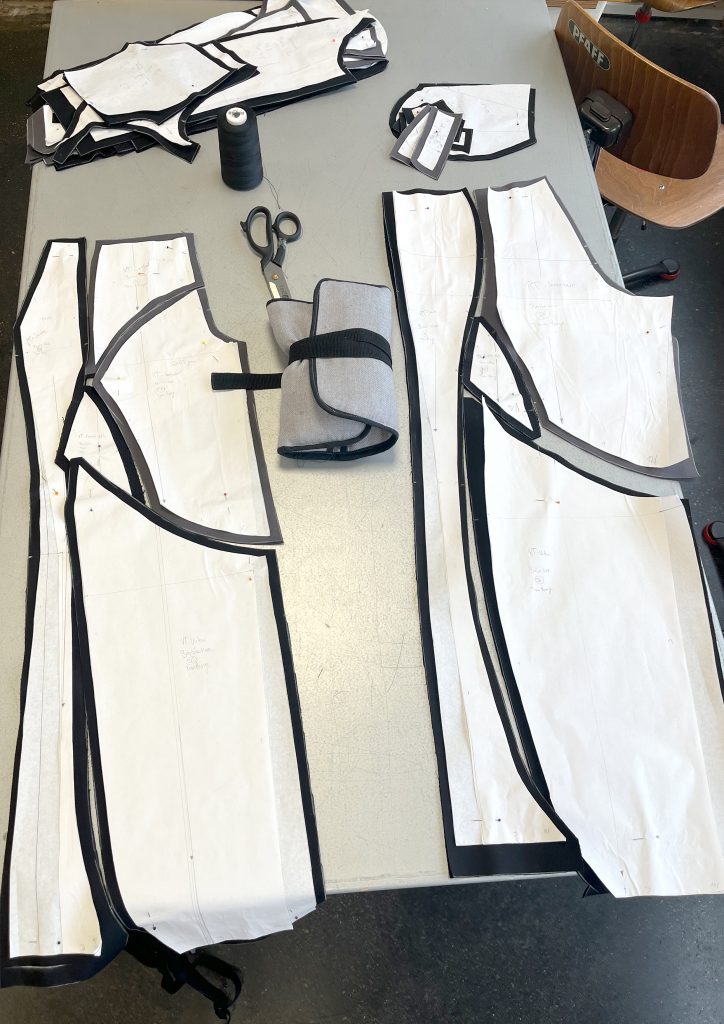
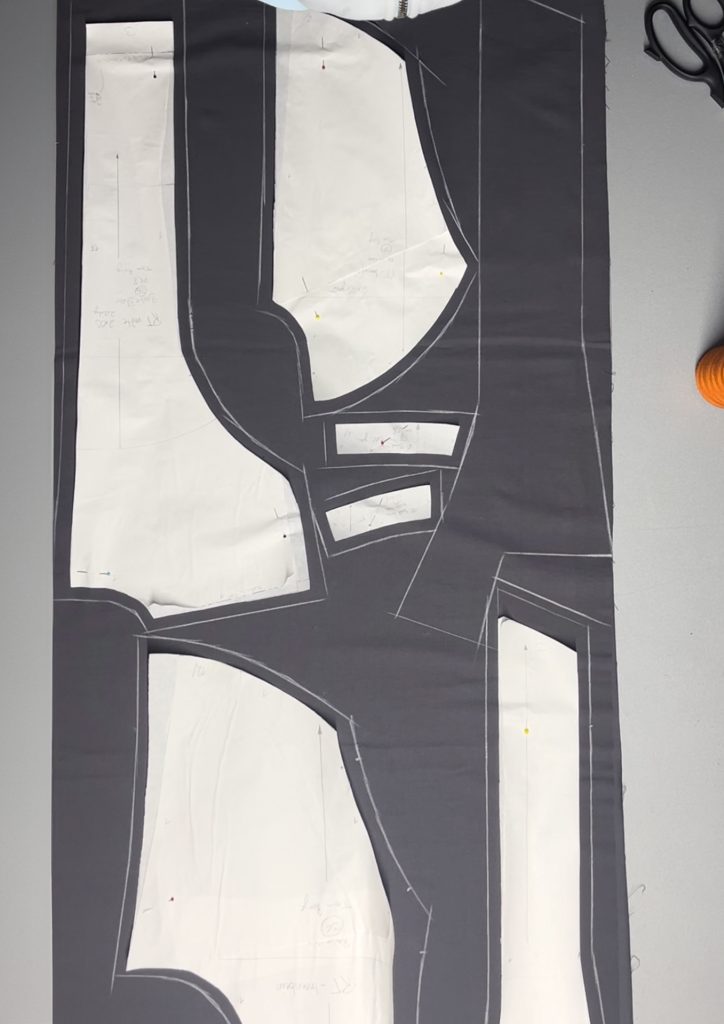
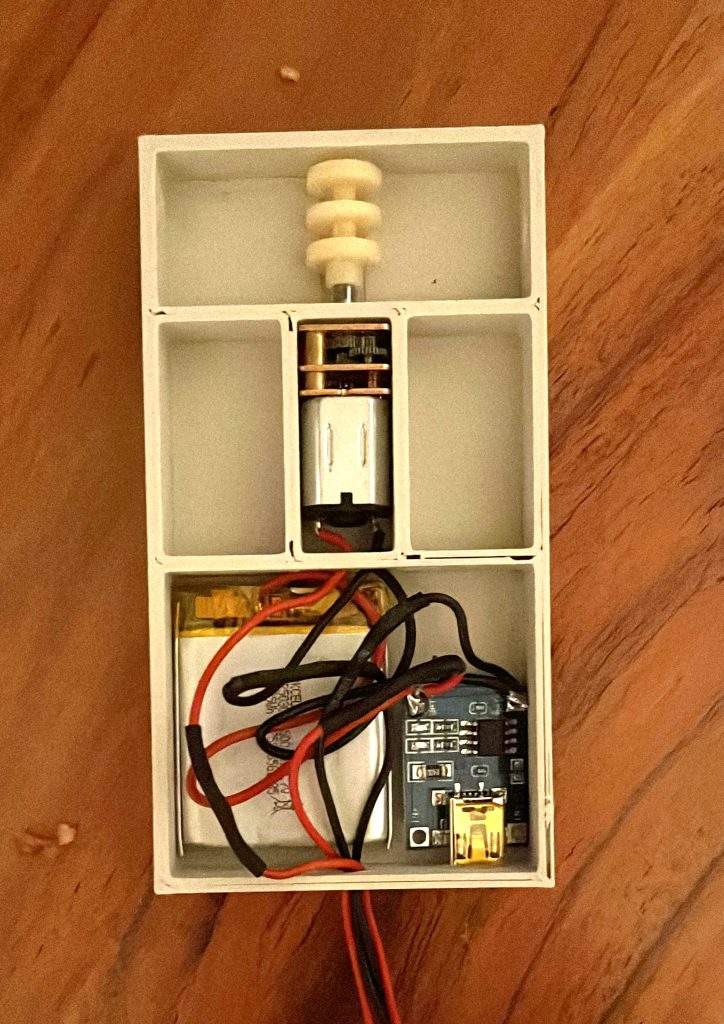
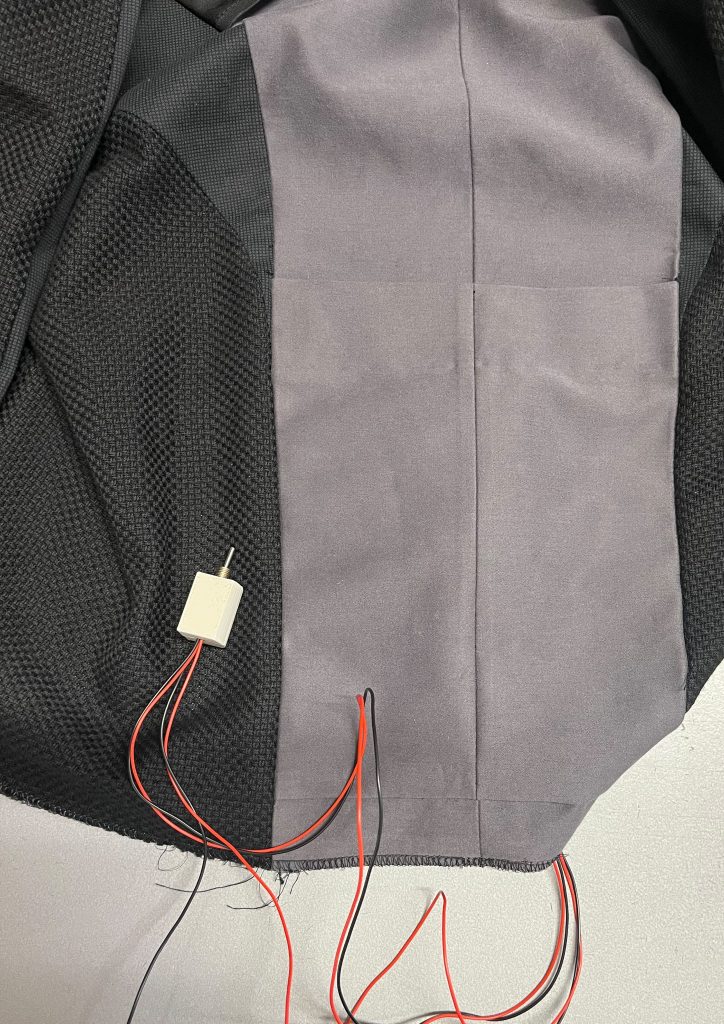
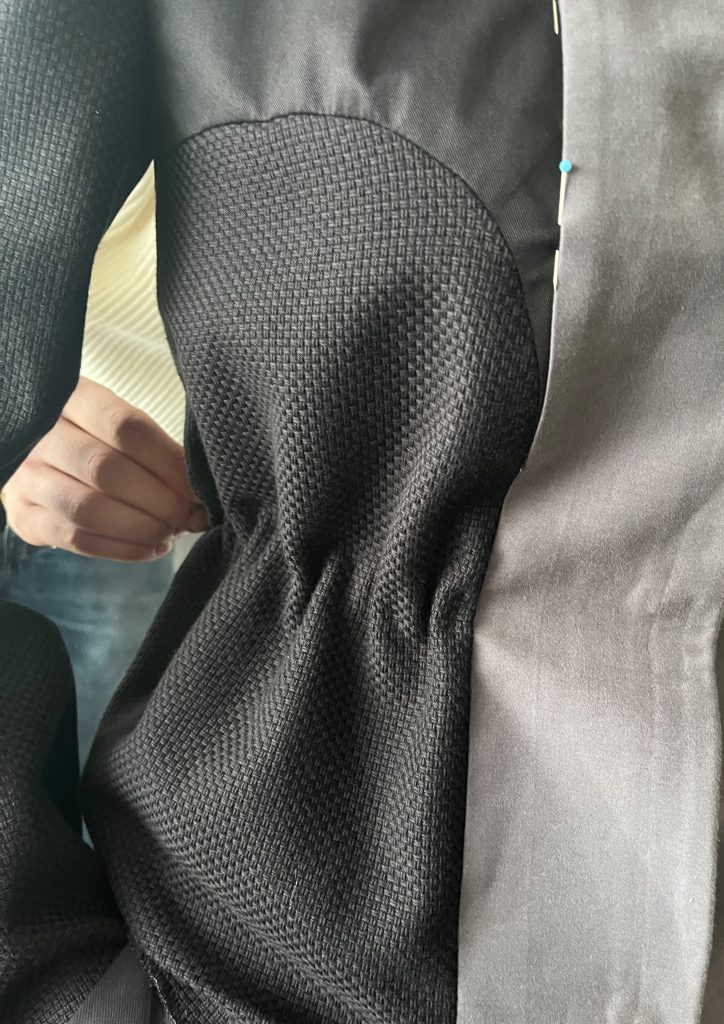
Narrative
At the heart of Dollhouse Dissent lies a fictional narrative: a young woman, shaped by ideals of perfection and control, begins to lose herself in the mechanisms of self-denial.
Over five distinct phases, the collection visualizes the internal progression of an eating disorder: its quiet emergence, its tightening grip, its eventual confrontation, and the fragile process of healing.
The garments translate these emotional states into evolving forms: silhouettes narrow and constrict as the disease takes hold, only to later soften and open again in gestures of vulnerability and self-acceptance.
Textiles shift from rigid, heavy-weight cottons to light silks, echoing the struggle between suppression and release. Colors follow a similar arc: youthful pastels darken into heavy, muted tones before slowly brightening again.
One pivotal look features a motorized corset integrated discreetly into the garment’s construction. Nylon filament laces run from the back to the front waist seam, hidden within a stitched tunnel. A 3D-printed housing in the center back contains the motor, activated via a toggle switch concealed in the right trouser pocket.
As the waist cinches mechanically, the act of restriction becomes both literal and symbolic: a moment of loss, collapse, and control beyond the wearer’s reach.
This technical intervention serves as a metaphor for invisible forces—cultural, social, psychological—that compress bodies and identities in the name of beauty.
Click here to learn more about this Collection and the Story its telling.
